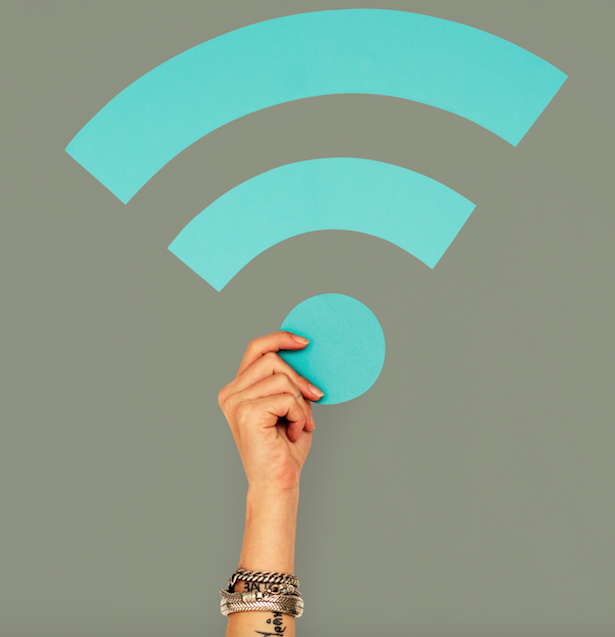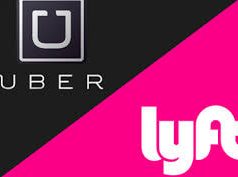
WiFi hotspots sound like the perfect solution to accessing the Internet in public, especially if you have limited data or poor mobile service. Many mobile carriers offer hotspots, or maybe you use public WiFi at the airport, a favorite coffee shop, or even your dentist. Some carriers will also automatically connect you to public hotspots, but only if the WiFi connection is secure — if a secure network isn’t available, you can manually choose to connect to an unsecured hotspot. But no matter where you use them, it’s important to take steps to keep your personal information safe before you hit that “connect” button.
What are the dangers of public hotspots?
As convenient as public hotspots can be, security concerns exist. Knowing what they are is the first step to protecting yourself. Most of the issues can be summed up in one of two ways:
- Connecting to the wrong hotspot. False hotspots with a similar name can be set up to capture login information, sensitive data, or to access your machine. Always make sure you click on the correct hotspot name before you connect.
- Lack of encryption. As your device sends information over the Internet, encryption hides it from prying eyes. Public hotspots typically don’t use encryption, leaving your data vulnerable.
How to protect yourself while using public hotspots
Sending information over a public hotspot is a lot like having a sensitive conversation out in the open. While it’s possible nothing bad will happen, other people may overhear what you’re saying and use that information to their advantage.
You can prevent this by taking these three steps: preparing your device in advance, using caution when setting up the WiFi connection, and keeping your privacy in mind as you browse and engage online.
Follow these steps to prepare your device in advance:
- Make sure your smartphone or device has the most up-to-date virus settings. This helps keep you protected and makes your smartphone less vulnerable to attacks.
- Always log out of sensitive sites, such as mobile banking apps, before accessing a public network.
- Use two-factor authentication to help ensure that you are the only one able to access your accounts. Once you log in with your username and password, the site will email or text a code that you must enter to prove your identity. This extra step will protect you if your login information is compromised.
Take these safety precautions when creating a WiFi connection:
- Turn off the option to automatically connect to a hotspot.
- Turn off your “Devices and Printers” option for the connection you are creating.
Follow these steps to keep your personal information safe when connected to a public hotspot:
- Avoid entering passwords or any sensitive data, like banking information or your social security number.
- Make sure you are only accessing secure sites. Look for URLs that begin with “https” — these are often highlighted in browsers with a “lock” icon.
If you’re a frequent traveler and regularly connect to public hotspots, consider using a virtual private network (VPN). VPNs encrypt your data and maintain your privacy. They aren’t necessary for your occasional coffee shop browsing but are worthwhile for those who frequently need to use public WiFi.
Public hotspots are a wonderful resource, but your security should always be top of mind when you use them. A few simple precautions can help keep your data safe as you access the information you need on the go.
Christy Matte is a Boston-based writer and contributor for Xfinity Mobile. She is a die-hard techie who enjoys video games, surfing the web, and any gadget she can get her hands on.
The post Use WiFi Hotspots Safely appeared first on Senior Planet.









